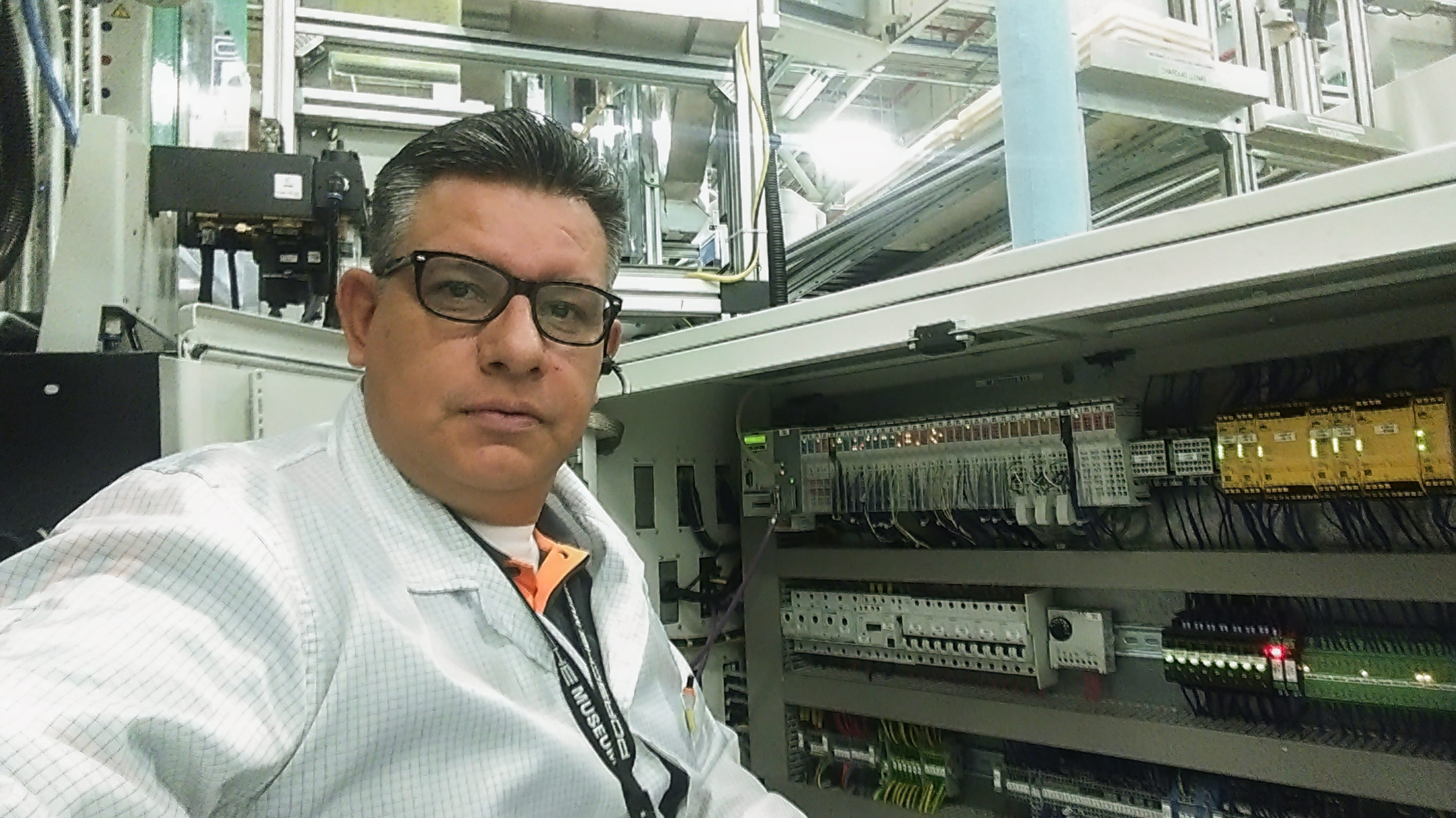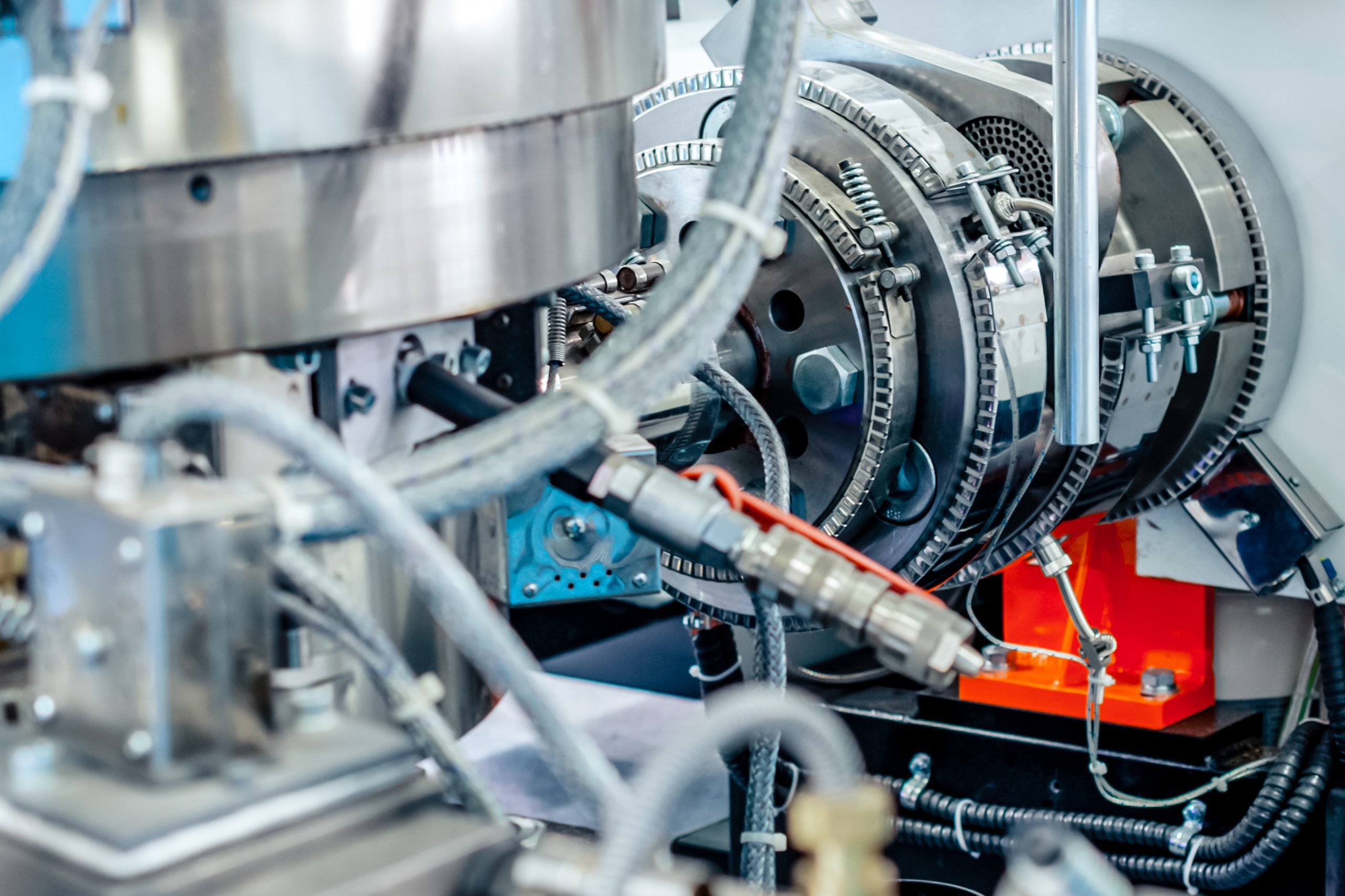It’s no secret that most molders monitor parameters such as temperature, pressure, and flow rates within the confines of the injection molding machine. While these metrics offer valuable insights into the overall process, they only tell part of the story. To truly unlock the full potential of injection molding and drive innovation forward, it is essential to delve deeper into the heart of the process—the cavity itself. (Check out this blog post on the difference between hydraulic, specific, and cavity pressure data!)
Cavity pressure data refers to the real-time measurement of pressure exerted by the molten material inside the cavity during the injection molding process. This data provides invaluable insights into crucial aspects of the process, such as part quality, mold performance, and process consistency.
One of the primary reasons cavity pressure data is so vital is its role in ensuring part quality. By monitoring the pressure exerted by the molten material as it fills the cavity, manufacturers can detect potential defects such as short shots, flash, or sink marks in real-time. This allows for immediate adjustments to be made to the process parameters, minimizing scrap rates and ensuring that only high-quality parts make it to the final product.
Moreover, cavity pressure data plays a pivotal role in optimizing the injection molding process itself. By analyzing the pressure profiles during each cycle, manufacturers can identify trends, anomalies, and areas for improvement. This data-driven approach enables fine-tuning of process parameters such as injection speed, hold pressure, and cooling time, ultimately leading to greater process efficiency and higher yields.
If you’re delving into the world of AI, in order to truly unleash its transformative potential in injection molding, it requires access to comprehensive and granular data, including cavity pressure data. By feeding AI systems with real-time pressure data from inside the cavity, you can unlock new levels of precision, efficiency, and innovation.
To collect this data, it’s vital to install cavity pressure sensors in your mold as well as a process control system on your machine. It’s also important to place the right sensors in the right place. Professional guidance is recommended to ensure your investment will pay off.
Conclusion
There are a lot of areas where data can be collected in the injection molding process, but it’s not about the amount of data that’s collected, but the quality of data and the ability to use that data to make educated decisions and improvements. The only way to truly understand what’s happening with your plastic parts is by monitoring data from inside the machine through cavity pressure sensors.
Want to learn more? We’d be happy to chat with you!



